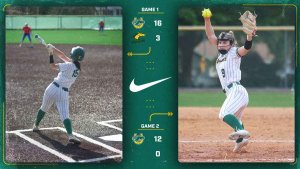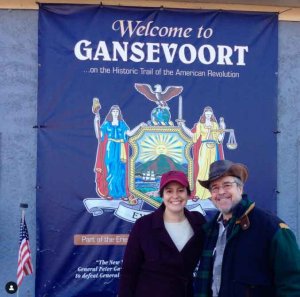Every year I encounter someone visiting the garden center who will not consider purchasing a poinsettia because they believe that their cat or dog is going to eat it and die. This belief is so ingrained that there is no convincing them otherwise. I've come to believe that some people always love to believe the worst. Naturally, there are some plants that are toxic to animals but poinsettias aren't one of them. I visited the ASPCA website to see if they list poinsettias among plants that are harmful to animals. Poinsettias weren't to be found but there are plenty of plants that are commonly found in and around the home that are.
I've had cats and dogs my entire life and they've all been exposed to poinsettia plants at Christmas time. I think the animals, which have a much better sense of smell than we do, can tell that some plants should be avoided. If this weren't the case, there'd be dogs and cats dropping dead every day. Clearly they aren't so we have to assume that animals aren't stupid and have a way of knowing what can be and what shouldn't be eaten.
It is amazing and amusing what people choose to believe. A survey a couple of years ago revealed that about 70 percent of the population still believes that poinsettias are poisonous. I'm sure it doesn't help that the word poinsettia resembles the word poison. How did the poor poinsettia become the focus of all this angst?
It all started in Hawaii in 1919 when the 2-year-old toddler son of an army officer was found dead. Some reports indicate that the child was found near a poinsettia bush, which is a common garden plant in Hawaii. It was supposed that the child had eaten some of the poinsettia and died. There was no proof of this...no autopsy or toxicology test...it was simply assumed that the poinsettia was to blame.
The rumor spread throughout the islands and it became common knowledge that "poinsettias are poisonous" and will kill if eaten. Twenty five years later the rumor was so well-entrenched that it was published as fact in a book called “Poisonous Plants of Hawaii.” At that point there was no stopping the rumor and it went viral. Soon poinsettias were being incorrectly listed as poisonous plants by even such illustrious institutions as the USDA. All this without one shred of evidence of any person or animal ever being harmed let alone killed by eating poinsettias. Eventually tests were conducted and it was found that poinsettias aren't toxic at all. If eaten it is a gastrointestinal irritant and can cause intense salivation and vomiting. Even with this evidence the toxic legend of the poinsettia didn't die and, almost 100 years after the rumor began, most people still believe that poinsettias are killers.
Naturally the poinsettia growers have done everything they can to try and dispel this gross bit of misinformation. I still remember watching Paul Ecke of the Ecke Poinsettia Ranch munching on poinsettia leaves on the Tonight Show with Johnny Carson. It didn't do much to dispel the rumor though.
There was a time when the poinsettia wasn't found among our holiday plants. They've only recently arrived on the holiday scene. The poinsettia was cultivated by the Aztecs in Mexico. Called Cuetlaxochitl, it was a symbol of purity and was highly prized by the Aztecs. Later, the flowers were used by Franciscan priests in nativity processions in colonial Mexico. Mexican folklore holds that the poinsettia or 'flower of the Holy Night' appeared during a miracle that occurred on Christmas. A boy who came to the church on Christmas was so poor that he had nothing to offer the Christ child. In shame, he fell to his knees and prayerfully asked God to forgive him. When he stood up, the first “flower of the Holy Night” appeared from the soil at his feet so he would have a gift to offer.
Around 1830, the first U.S. Ambassador to Mexico, Joel Poinsett, saw the plants and sent some home to South Carolina. Poinsett, like so many early Americans, was a respected amateur botanist. He propagated his plants and shared them with friends and botanical gardens throughout the U.S. From that time, English speaking countries have known the poinsettia.
Thanks for the read


























 How to resolve AdBlock issue?
How to resolve AdBlock issue? 









